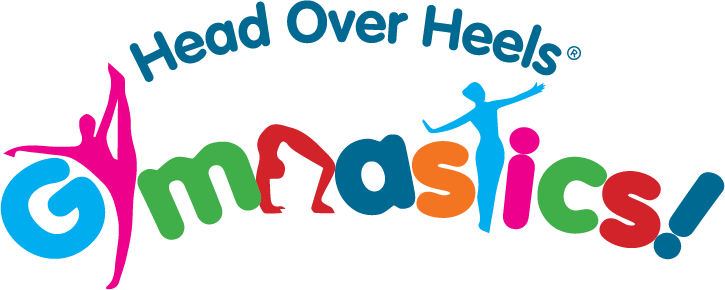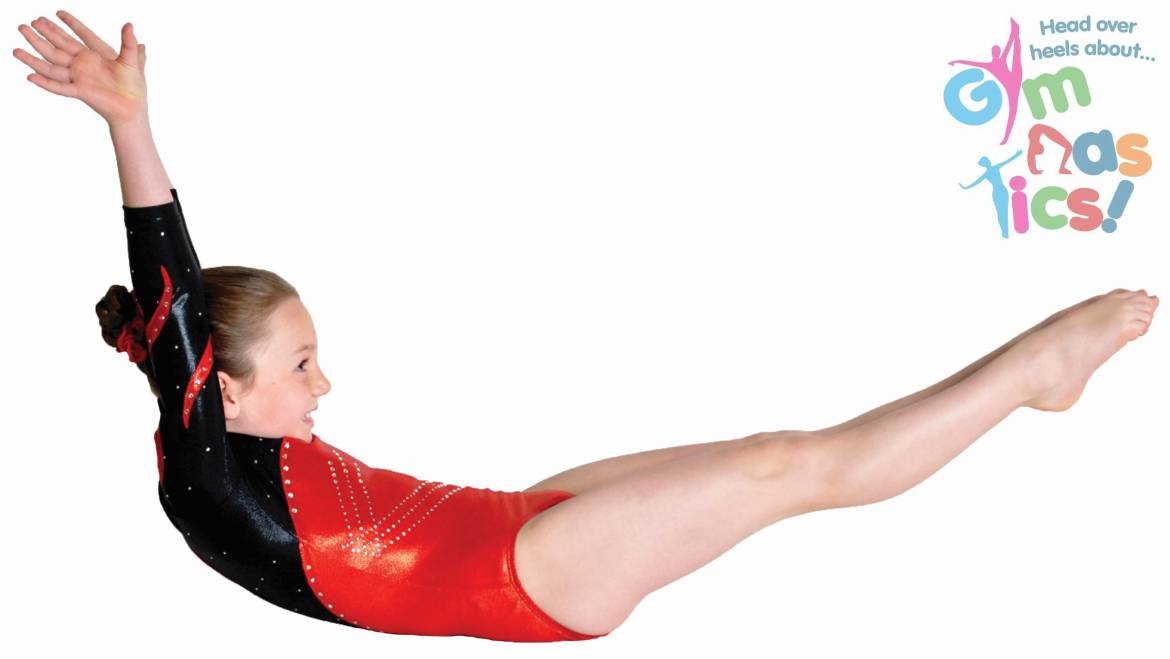Tips for Teachers: Creating Quality Gymnastics Lessons
Looking for quick and easy pointers to raise the bar of your gymnastics lessons? Then you’ve come to the right blog! Over the course of the next few hundred words, I’m going to outline the best strategies in place for the never-stagnant gymnastics course. The information is a stripped-back version of a workshop I conducted at the Connected PE Conference. Feel free to give it a look at:
Groundwork
As is the case with all areas of life, you can’t achieve greatness without a strong foundation. For gymnastics, this foundation is a working knowledge of the Fundamental Shapes. Be it the perfect dismount at a competition, or a sleepover party-trick, gymnastics skills aren’t going to be honed without the shapes being well and truly cemented. Here’s a quick list:
- Front and Back Support
- L-sit or Pike
 Straddle
Straddle- Tuck
- Dish
- Arch
- Posture
- Landing Shape
These shapes are essential. Even focusing on just one per lesson will escalate the learning of the gymnast, and they should always be present in some guise or other. You will find that these shapes appear throughout all gymnastics skills: for example, a tuck is the shape the children need to make to perform a forward roll, and a straddle is the shape for a circle/Teddy-bear roll. Instilling these shapes from a very early stage in your gymnastics lessons will help to create good practice and excellent form.
Gymnastics Games
Gymnastics games are easily adaptable to include these shapes in a fun and proactive manner. An easy go-to is a gymnastics version of Stuck in the Mud, where, instead of freezing when a child is caught, they pull a gymnastics shape instead. The widespread familiarity of the game amongst children makes it a brilliant warm-up. Other simple adaptations I would recommend are Simon Says and Follow the Leader: anything to get the children thinking on their feet!
Another excellent device (although it at first sounds counterproductive) is deception. A game I like to play is to pretend I’m going to demonstrate one skill, and then demonstrating something completely different. Encouraging the gymnasts to recognise skills by themselves, instead of simply copying the teacher or other children, is a great aid to furthering their own knowledge.
Skills for Gymnastics Lessons
Skills are the meat of any gymnastics lesson, and there are a whole host of methods out there for applying these in teaching. One technique which always holds true for whichever method you use, however, is to give the exercises a go yourself beforehand. If you know the ins and outs of the skill, you’ll be able to teach the ins and outs of the skill.
We can also lend a more tangible helping hand through our app – Head Over Heels About Gymnastics. For any gymnasts struggling with their skills, particularly on the more challenging side of things, we’ve provided instructional videos. The app is easily displayable on a whiteboard, and has been exceptionally effective when I’ve been working in schools with access to multiple tablets. With technology quickly becoming the centrepiece of society, I’ve found young gymnasts are more receptive to the teaching when interacting with the app.
Above all else, the most important aspect of teaching is to remember that progression isn’t a fixed science. A skill that a child takes to in a day may take a month for another. An easy way to solve the issue of providing an informative lesson for all, is to break the skill down into steps. This way, while those who like to develop at their own pace can concentrate on the initial steps, the stronger gymnasts can be challenged at the other end of the scale. As a teacher, you will naturally be aware of those differences in your pupils, with each child needing to set and reach their own milestones. Our app can work as an extra aid in this: it contains a broad range of skills so that the right stretch goals can be set for each individual gymnast.
Stations of Equipment
A final point which is already widely incorporated, but valuable enough to mention all the same, is the use of stations of equipment. For a quickfire session to harness multiple skills at once, have the children work on a rotational circuit. By going from station to station, the gymnasts will be constantly engaged, as well as refining those all-important shapes. A suggestion of one such circuit can be seen in the video at 37:40.
Along with the workshop video and our app, we also have books, DVDs, and a whole host of videos on our YouTube channel of skills that you can use to help you with your gymnastics lessons.
We’re trying all the time to deliver the best gymnastics advice we can muster. If this was of any help to you, or know of someone it would be, please share it around and consider buying us a coffee!

